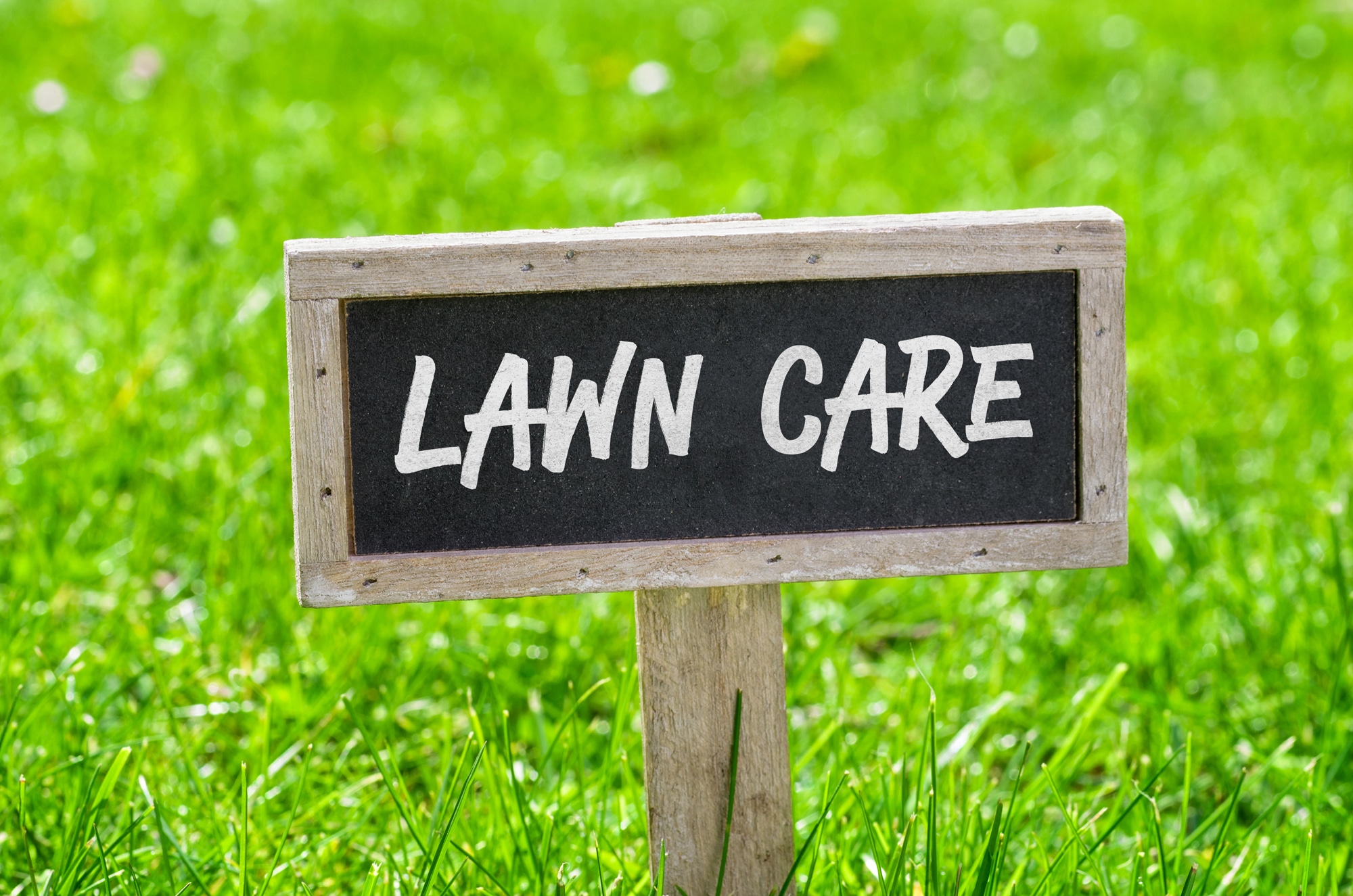How do birds affect climate change?

As the climate changes, many birds are struggling to adapt. Climate change exacerbates existing threats, such as habitat loss and degradation, while adding new challenges, including shifting ranges and altered migration patterns. These threats pose an ever-growing danger to birds and are already pushing some species toward extinction.
American Bird Conservancy is acting in three key areas — mitigation, resilience, and adaptation — to combat the effects of climate change and build a sustainable, long-term future for birds.
How do birds affect climate change?
Research on birds has shown that climate change affects birds both directly and indirectly. The distributions of birds are closely associated with both winter and summer temperatures, and increased temperatures due to climate change may directly affect birds by forcing them to use more energy for thermoregulation.
Grow a Bird-Friendly Garden
Create a safe haven for birds in your yard or container garden by growing native plants, using fewer pesticides, and adding a bird bath. Native plants provide important food and shelter for birds and help them adapt to a changing climate. You can make school grounds, parks, vacant lots, and other community areas bird-friendly, too. Consider a DIY birdbath or turning breakfast into a bird feeder.
Stand for Solutions
To fight climate change, we need policies and technology that cut carbon pollution and increase renewable energy. Common-sense measures such as energy efficiency, renewable energy standards, and putting a price on carbon pollution can all help reduce emissions and limit the effects of global warming on birds. Talk to your elected leaders about these options, and learn more here about how to go solar and why it’s good for birds.
Plants for Birds
By simply choosing native plants for our yards and public spaces, we can restore vital habitats for birds in our communities and help them adapt and survive in the face of climate change.
April 18-22, 2022 Earth Week
This year’s Earth Week celebrations include the return of the annual plant swap, open to the public for the first time in three years! Hear Gardening with Ciscoe, recycle your old electronics and styrofoam, learn about bird-friendly communities and more. All events are free and open to EvCC students, faculty, staff, and the public.
To learn more about EverettCC Earth Week events click here: https://www.everettcc.edu/administration/college-services/facilities/sustainability/go-green/earth-weekAll events are free and open to EvCC students and employees.
Learn more about EvCC Sustainability! www.everettcc.edu/greenMariya Zelenskyy – Media and Outreach Coordinator sustainability@everettcc.edu








